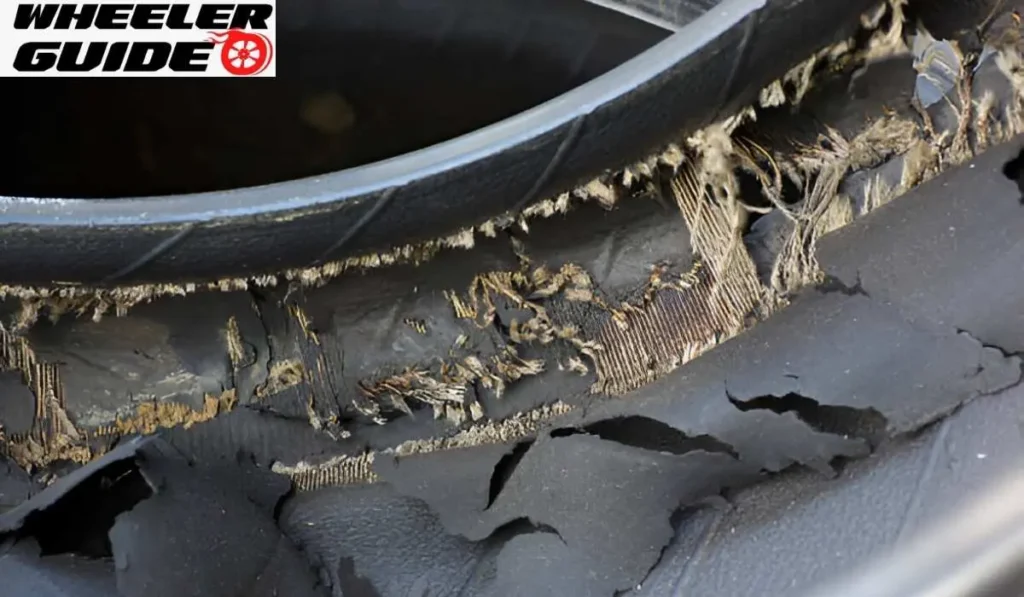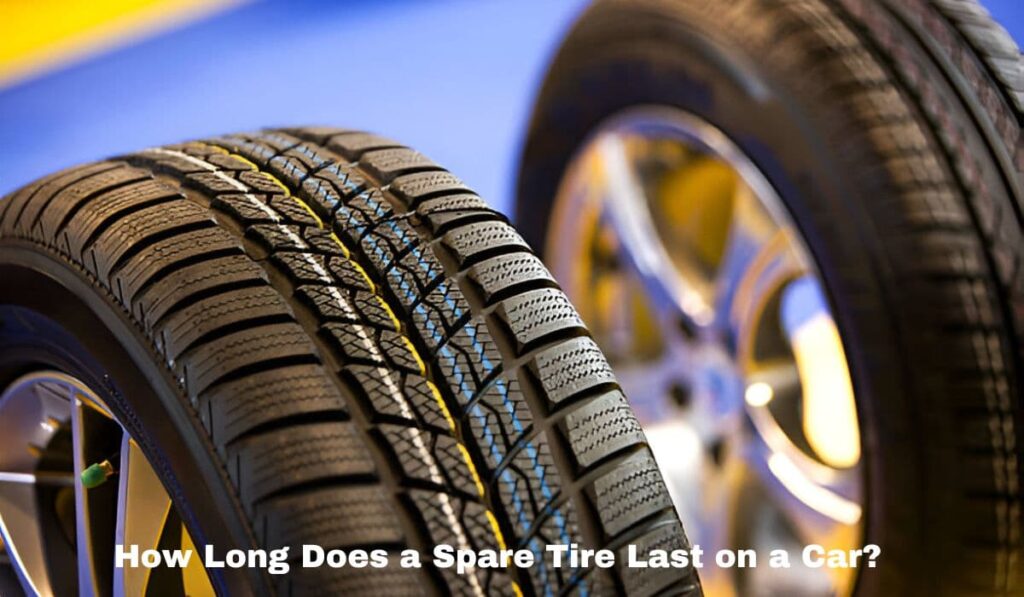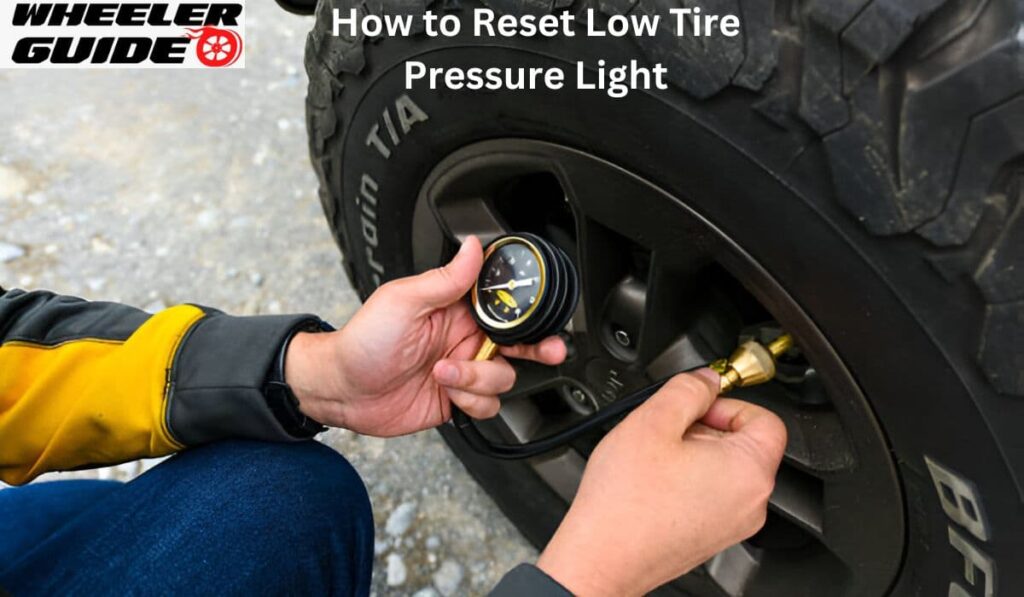Tire safety is a significant concern for drivers, and understanding how to handle tire damage is crucial. Patching the sidewall of a tire is not recommended, as this area is more vulnerable to blowouts and leaks. Repairing sidewall damage can compromise the tire’s integrity and may lead to dangerous situations on the road.
Many people may wonder about the options available for small holes in the sidewall. While some may feel tempted to patch it, experts advise against it due to the risks associated with weakened tire structure. Readers will benefit from learning about safe practices for tire maintenance and the reasons why sidewall repairs should be carefully considered.
Understanding Tire Sidewall Damage
Tire sidewall damage can occur from various factors and poses serious risks. Recognizing the characteristics of this damage is essential for safety. Understanding the implications of sidewall damage helps in making informed decisions regarding tire repair or replacement.
Characteristics of Sidewall Damage
Tire sidewall damage can manifest in several ways. Common signs include cuts, punctures, bulges, and cracks. Such damage can result from road hazards, improper inflation, or normal wear and tear.
- Cuts and Holes: Small holes in the sidewall can compromise the tire’s integrity. Punctures are usually not reparable.
- Bulging Areas: A bulge indicates that the internal structure is damaged. This often leads to an increased risk of tire blowout.
- Cracking: Surface cracks may not appear serious but can weaken the tire over time.
Proper inspection is vital as the sidewall supports the weight of the vehicle. Regular checks can help in the early identification of issues.
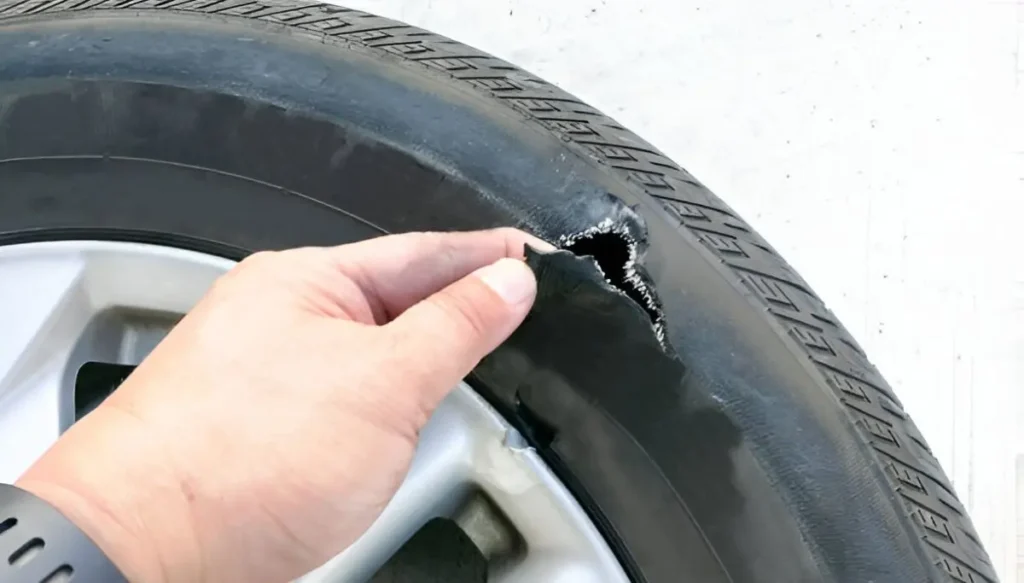
Risks of Sidewall Damage
Driving on tires with sidewall damage can have dangerous consequences. A damaged sidewall may fail under pressure, leading to a blowout. This risk increases with speed and driving conditions.
- Blowouts and Accidents: A compromised sidewall can suddenly fail. This may result in a loss of control, leading to potential accidents.
- Increased Repair Costs: If the damage goes unrepaired, it can lead to more severe issues and higher replacement costs.
It is essential to prioritize tire safety. When sidewall damage is noted, immediate assessment by a professional is recommended to determine if replacement is necessary.
How to Fix Small Hole in Sidewall of Tire
Fixing a small hole in the sidewall of a tire is not recommended. Damage to the sidewall can affect the tire’s strength and safety. Most experts advise against patching it, as repairs might not provide a reliable seal.
If the hole is small and still considered for repair, here are the steps to follow:
- Locate the Damage:
- Identify the exact position of the hole.
- Inspect the Damage:
- Check the size of the hole. Small holes or punctures may be more viable for repair compared to larger tears.
- Gather Supplies:
- A tire patch kit or tire plug kit.
- Pliers to remove any foreign object.
- An insertion tool for the plug.
- Remove Debris:
- Use pliers to gently pull out any object that punctured the tire.
- Prepare the Hole:
- Use an awl or reamer from the kit to smoothen the hole’s edges.
- Insert the Plug:
- Take a plug and insert it using the insertion tool. Make sure it seals the hole properly.
- Check for Leaks:
- Inflate the tire and check for air leaks around the patch.
It’s often safer to replace the tire instead of trying to fix a sidewall issue. For more details about tire repairs, consult professional resources like NAPA Know How.
Assessing Repair Options
When dealing with sidewall damage, it’s essential to consider whether repair is safe or if replacing the tire is the better option. Proper assessment will help ensure safety and reliability while driving.
Is Patching the Sidewall a Good Idea?
Patching a tire sidewall is generally not recommended. The sidewall is made from a thinner material than the tread. This affects its strength and durability. When a sidewall has a puncture or tear, it is more vulnerable to failure.
Most tire manufacturers advise against patching sidewall damage. Repairs may only be suitable for small holes, usually less than 1/4 inch. Even if a patch could be applied, the risk of blowout remains high. It is often safer to consider other repair methods or solutions.
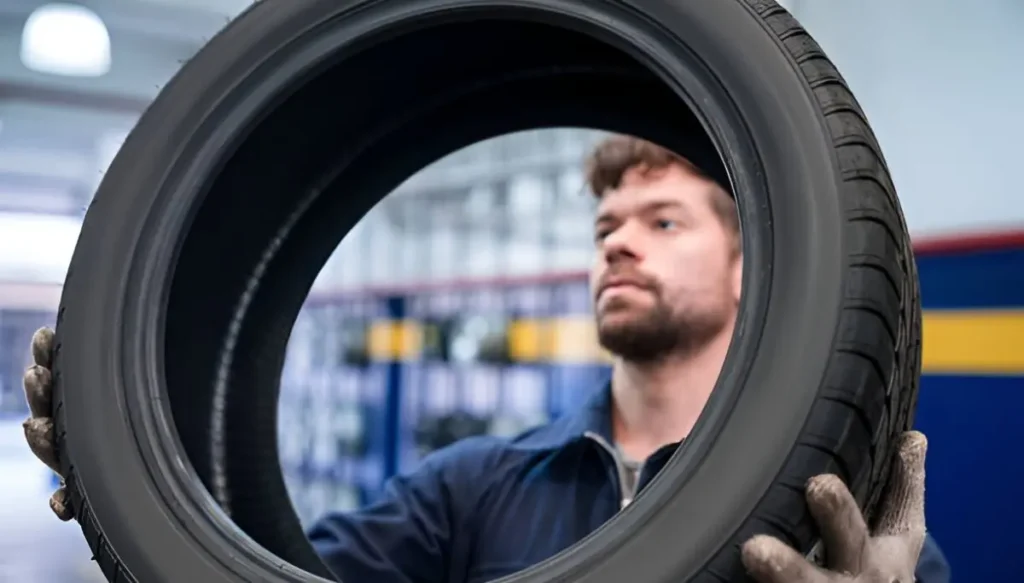
Alternative Solutions: Replacing the Tire
Replacing the tire is frequently the safest solution for sidewall issues. If damage is present, such as deep cuts or punctures, it compromises the tire’s integrity. A new tire guarantees optimal performance and safety.
While replacement can be more expensive upfront, it protects against potentially dangerous situations on the road. Zipper punctures and significant sidewall tears are especially problematic and must be taken seriously.
Investing in a quality replacement tire provides peace of mind and ensures the vehicle operates reliably for years to come.
Frequently Asked Questions
What are the methods to repair a small cut in the sidewall of a tire?
Repairing a small cut in the sidewall is generally not recommended. Unlike tread damage, sidewall cuts can compromise the tire’s structure. Depending on the severity, replacement is often the safest option.
Which products are recommended for repairing damage to a tire’s sidewall?
No reliable products exist for safely repairing sidewall damage. Many sealants and plugs claim to work, but they do not guarantee safety. The best solution is usually to replace the tire altogether when sidewall damage occurs.
What types of tire sidewall damage are typically repairable?
Most sidewall damage is considered non-repairable. This includes deep cuts, punctures, or bulges. Patching may work for minor surface scuffs, but structural integrity is usually at risk.
What are the common causes of sidewall damage in tires?
Common causes of sidewall damage include hitting curbs, driving over potholes, and striking debris on the road. Additionally, tire aging and poor inflation can weaken the sidewall, making it more susceptible to damage.
Is it advisable to have a tire patched on the sidewall?
It is not advisable to patch a tire’s sidewall. Doing so may lead to dangerous situations such as blowouts or loss of control while driving. Replacement is the safer option.
How can I determine the severity of sidewall damage on my tire?
To assess sidewall damage, inspect for cuts, bulges, or abrasions. Any visible deformation or significant cuts indicate the need for replacement. Consulting a tire professional is the best way to evaluate the damage accurately.
